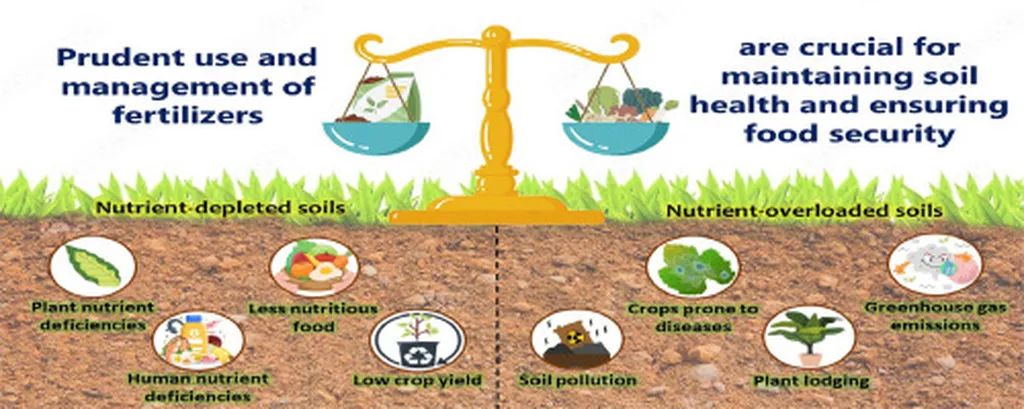In the quest to rehabilitate saline soils, a groundbreaking study led by Hongmei Bai has unveiled the untapped potential of a transitional stage in composting known as cooling-phase organic fertilizer (CPOF). Published in the open-access journal PLoS ONE, the research offers a promising solution for enhancing soil structure and carbon sequestration, with significant implications for climate-smart agriculture and the energy sector.
Saline soils, which cover approximately 1 billion hectares globally, pose a substantial challenge to agricultural productivity. These soils are characterized by high salt content, which disrupts soil structure and inhibits plant growth. Traditional remediation methods have often fallen short, but Bai’s research suggests that CPOF could be a game-changer.
The study systematically investigated the effects of CPOF on saline soil aggregate systems, comparing it with organic fertilizers from other composting phases. The results were striking. CPOF outperformed its counterparts in improving soil physical properties and aggregate dynamics. It reduced soil bulk density by 18.5% and increased porosity by 22.3%, facilitating better water infiltration and root penetration.
“The key to CPOF’s success lies in its unique organic components and the microbial communities it harbors,” explains Bai. During the cooling phase, humification microorganisms like Actinobacteria dominate, secreting extracellular polymeric substances that bind soil particles together. This process, combined with a balanced ratio of labile and stable organic components, provides both immediate binding agents and long-term humic substances.
Moreover, CPOF significantly promoted the formation and stability of macroaggregates, which are crucial for soil health. This was attributed to fungal communities producing glomalin-related soil proteins and calcium-mediated particle bridging. “The enhanced aggregate stability translates to improved soil resilience and fertility,” Bai notes.
The study also revealed that CPOF increased organic carbon content in macroaggregates by 18-22%. This is particularly significant for the energy sector, as improved soil carbon sequestration can help mitigate climate change by reducing atmospheric carbon dioxide levels. The research suggests a two-phase strategy: initial CPOF application for rapid improvement, followed by mature compost for long-term maintenance. This approach could enhance carbon sequestration efficiency by 15-20% in regions like the Yellow River Basin.
The commercial implications are substantial. As the world grapples with the dual challenges of food security and climate change, innovative solutions like CPOF offer a scalable and sustainable path forward. By enhancing soil health and carbon sequestration, CPOF can support climate-smart agriculture, boost crop yields, and contribute to global efforts to reduce greenhouse gas emissions.
This research not only sheds light on the potential of CPOF but also underscores the importance of understanding and harnessing the complexities of soil microbial communities. As we look to the future, the insights gained from this study could pave the way for more effective and sustainable soil management practices, benefiting both the agricultural and energy sectors.
In the words of Bai, “This is just the beginning. The potential of CPOF is vast, and with further research, we can unlock even greater benefits for our soils, our crops, and our climate.”

